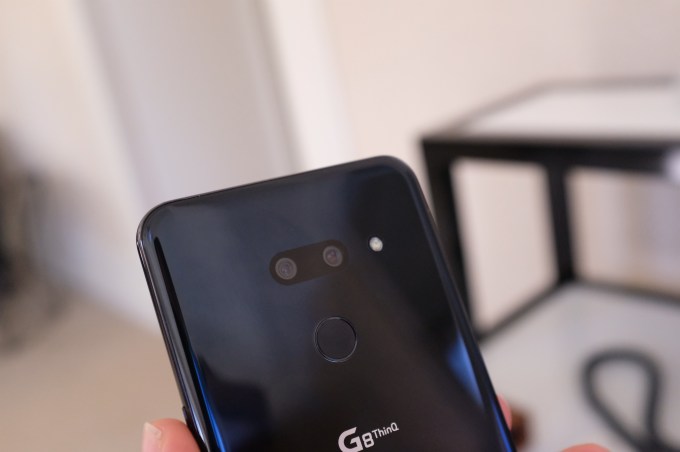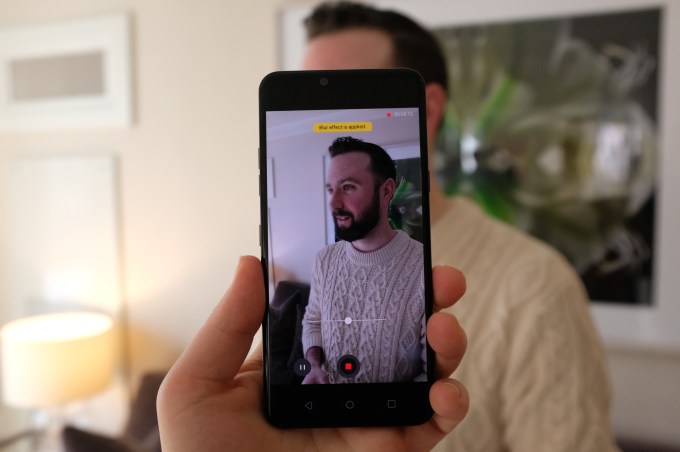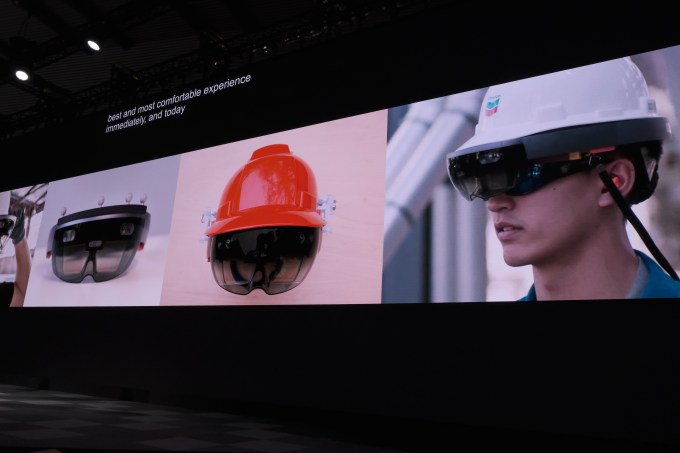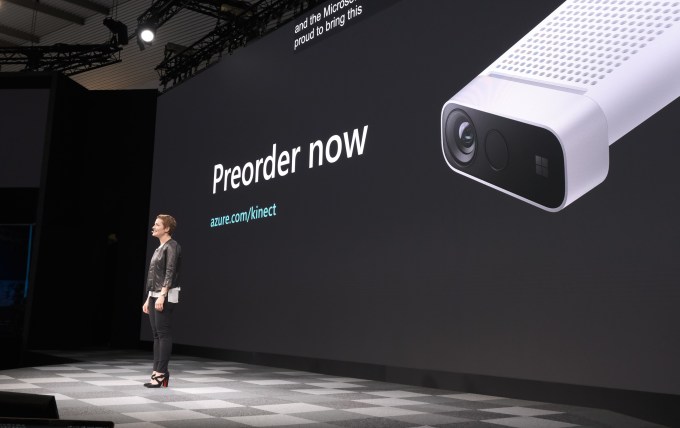It’s Oscar night! Do you care? If you’re me, and/or the statistically average watcher, the answer is: a whole lot less than you used to. Last year’s viewership hit an all-time low. Whither Hollywood, which just does not dominate the cultural conversation the way it used to?
Oh, at first glance it’s doing just fine — last year the total US box office hit almost $12 billion, the highest ever. But look a little deeper and the numbers are more troubling. Most of that gain is from higher ticket prices. The total number of movie tickets sold in the USA has fallen by more than 10% over the last 20 years, despite population growth.
“Netflix!” you say, and yes indeed, and even more than you think. “Hollywood is now irrelevant,” says no less an authority than onetime Hollywood mogul Barry Diller, now chairman of IAC. “Netflix has won this game.” Streaming is the future, despite the studios’ attempt to promote “cloud lockers” for movie ownership, one of which (UltraViolet) closed down last year, while others, such as Disney’s Movies Anywhere (disclaimer/disclosure: I did some ancillary work for MA at my dayjob a couple of years ago) have not exactly conquered the landscape.
In fact, perhaps the keenest-eyed industry analyst alive, Matthew Ball, former head of strategy at Amazon Studios, argues that Netflix has so transcended Hollywood that its real competition is another, and surprising, entity entirely:
He unpacks that in a fascinating piece which is then surpassed by his four–parts–and–counting deep dive into “Netflix Misunderstandings,” composed last summer and since then required reading for every armchair media analyst worldwide. Some highlights:
This cash loss only exists because Netflix is funding next year’s content against this year’s revenue. Netflix could have chosen to stabilize its 2018 content offering at 2017 levels … and had the company done this, it would have generated $700MM in cash, not lost $2B.
[…]
At a time in which most tech companies need to be bullied into admitting they’re also media companies, Netflix’s tech identity is often glossed over. It is as much a technology and product company as Google, Apple or Amazon.
[…]
Hastings knows that if Netflix falls short of, say, 250MM subscribers, his business will buckle. His spend is predicated upon achieving this degree of scale … Even at the low end, Netflix would have achieved greater dominance than the media business has ever seen.
[…]
The company boasts that it will launch 700 total original series in 2018 (or 14 per week) and offer more than 1,000 by the end of the year. This raises the question of what, exactly, is an “Original” … Understanding this difference is critical for any attempt to benchmark SVOD services
We can conclude that Netflix’s (and, to a lesser extent, Amazon Prime’s) reshaping of the visual media industry has only just begun; the repercussions of the first few tremors are still rippling through Hollywood, but we can expect ever bigger quakes in the years to come.
The saving grace is that the rest of the world is getting wealthier, and spending more on Hollywood … although the studios only pull in roughly 25% of what their releases in China gross, compared to 50% back home. Still, 25% of a huge number is still very large, and China is huge. Two of last year’s top 15 worldwide movies made essentially all of their money in China. It seems likely that The Wandering Earth, which has pulled in $557 million in only two weeks, will make more money in China this year than presumed 2019 #1 Avengers:Endgame will in the USA. (Infinity War earned $679 million domestically.)
So where does that leave Hollywood? Being slowly disrupted back home by technical superiors in the form of Netflix and Amazon Prime, and racing to make up their losses overseas. But it’s not like Netflix doesn’t have a robust international strategy. Hollywood’s studios aren’t going anywhere anytime soon, but, with the exception of Disney, they’ll soon have to get used to being mid-level players rather than the kings of the world they once were.







